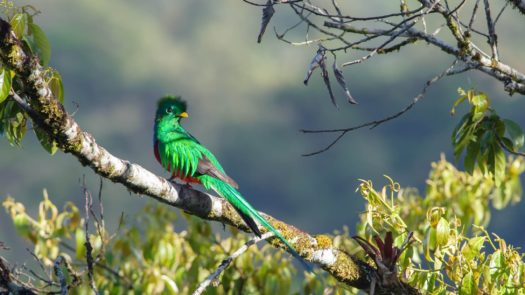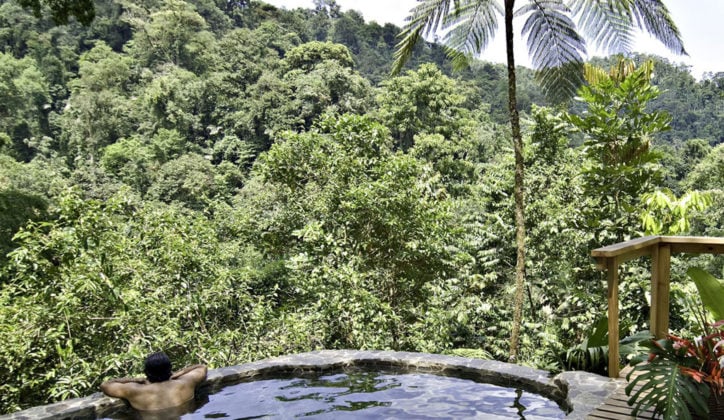Published on: July 25th, 2017
Last modified: July 28th, 2023
The best time to visit Costa Rica depends on the area you want to explore. The dry season is from December to April and the green season is from May to November. We recommend avoiding September and October as many regions see heavy rainfall during these months.
Costa Rica is divided into 4 biodiversity areas, each with their own different climate and ecosystem. Rainforest, cloud forests and dry forest all sit alongside one another in this country of contrasts.
No matter when you go, you’ll be rewarded with the chance to discover some amazing ecosystems and see fascinating wildlife all year round. Read on to find out when is the best time for your visit.

What are the seasons in Costa Rica?
Dry and rainy seasons
There are two main seasons in Costa Rica: the dry season (called “verano” or high season) and the rainy season (called “invierno” or green season).
The dry season goes from December to April and the rainy season from May to November. September and October see the heaviest rainfall, and we encourage travellers to consider avoiding visiting during that time.
Not all parts of the country have these two distinct seasons however and can be great to visit all year round. Ultimately the best time to visit depends on exactly where you want to go.

Costa Rica in the green season
If you’re travelling to Costa Rica during the green season (May to November), we recommend visiting the Caribbean coast and the cloud forest in the central highlands.
Tortuguero National Park is popular during this season, as it is peak nesting season for many species of animals including sea turtles. It’s also a great time to do some of the fun adventure activities on offer in Costa Rica, such as sport fishing, zip lining, and hiking through the rainforest of the Arenal Volcano National Park.
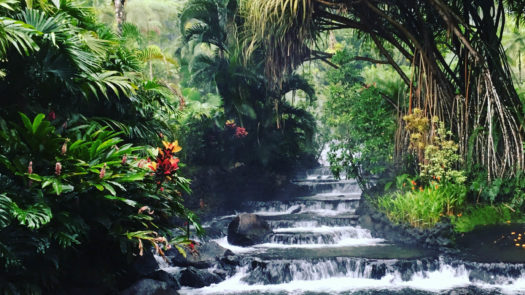
Costa Rica in the high season
Costa Rica’s dry season runs from December to April. This is the best time of year to take advantage of the fantastic beaches on the Pacific Coast – perfect if you’re looking for some winter sun.
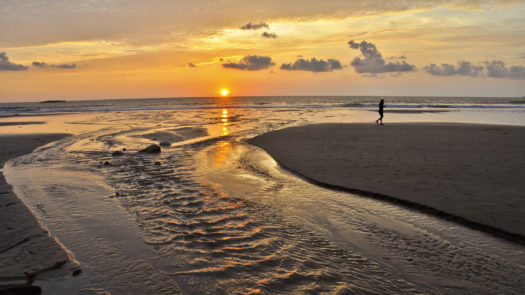

The best time to spot wildlife in Costa Rica
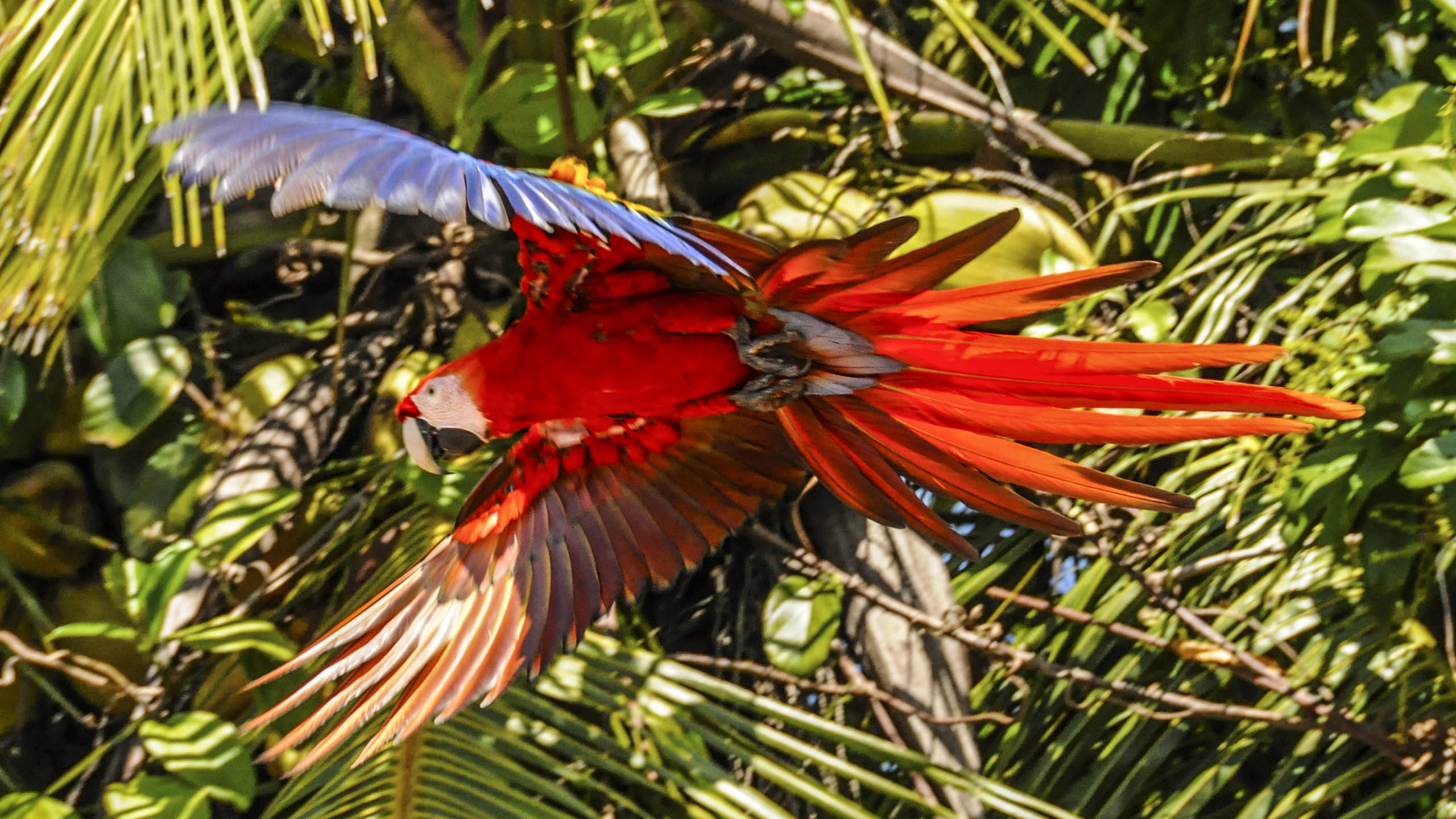
Birds
Costa Rica is a great place for bird watching throughout the year due to its four major ecozones and numerous microsystems. The country is home to more than 900 species of birds (about 10% of the world’s population). Many migratory birds also pass through between August and early May.
Northern birds migrate south through Costa Rica between August and December. In the springtime (usually from March to May), you can catch them returning north to breed.
The Resplendent Quetzal is probably the most famous bird in Costa Rica but tough to catch sight of. Scarlet Macaws, Emerald Toucanets, Egrets and Hummingbirds are also big attractions for bird spotters.
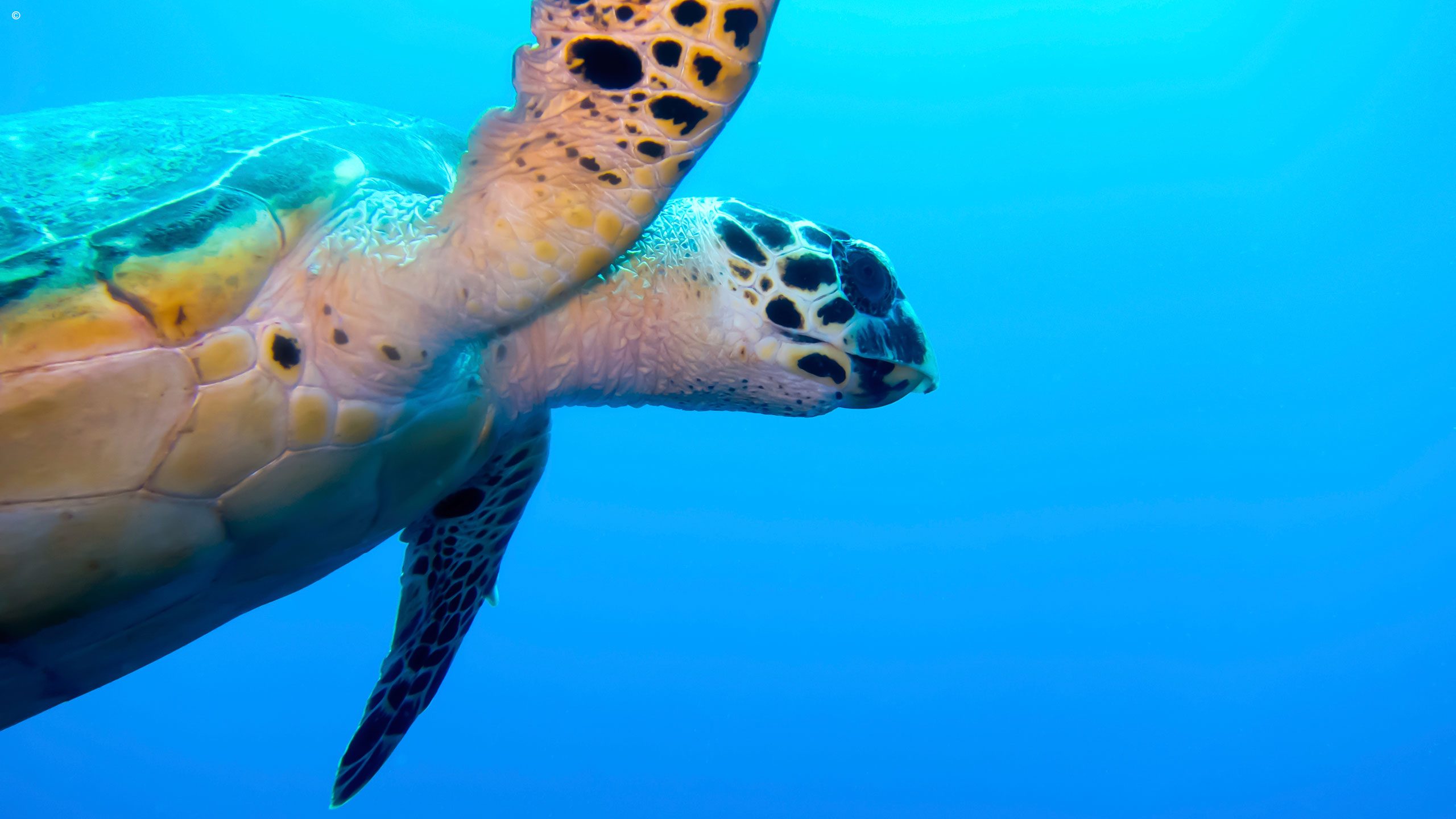
Turtles
Costa Rica is home to four species of turtle.
Leatherback turtles are the largest species of turtle in the world and can grow up to seven feet long. Spot them on the Caribbean side of the country from March to July and on the Pacific side between September and March.
Green sea turtles nest around the Caribbean coast from June to October. Tortuguero is the best place to catch a glimpse of them during this time.
Olive Ridley turtles are a smaller species and can be found nesting on the Pacific coast from around August.
Hawksbill turtles are a critically endangered species. They are best spotted on the Caribbean coast between March and October.
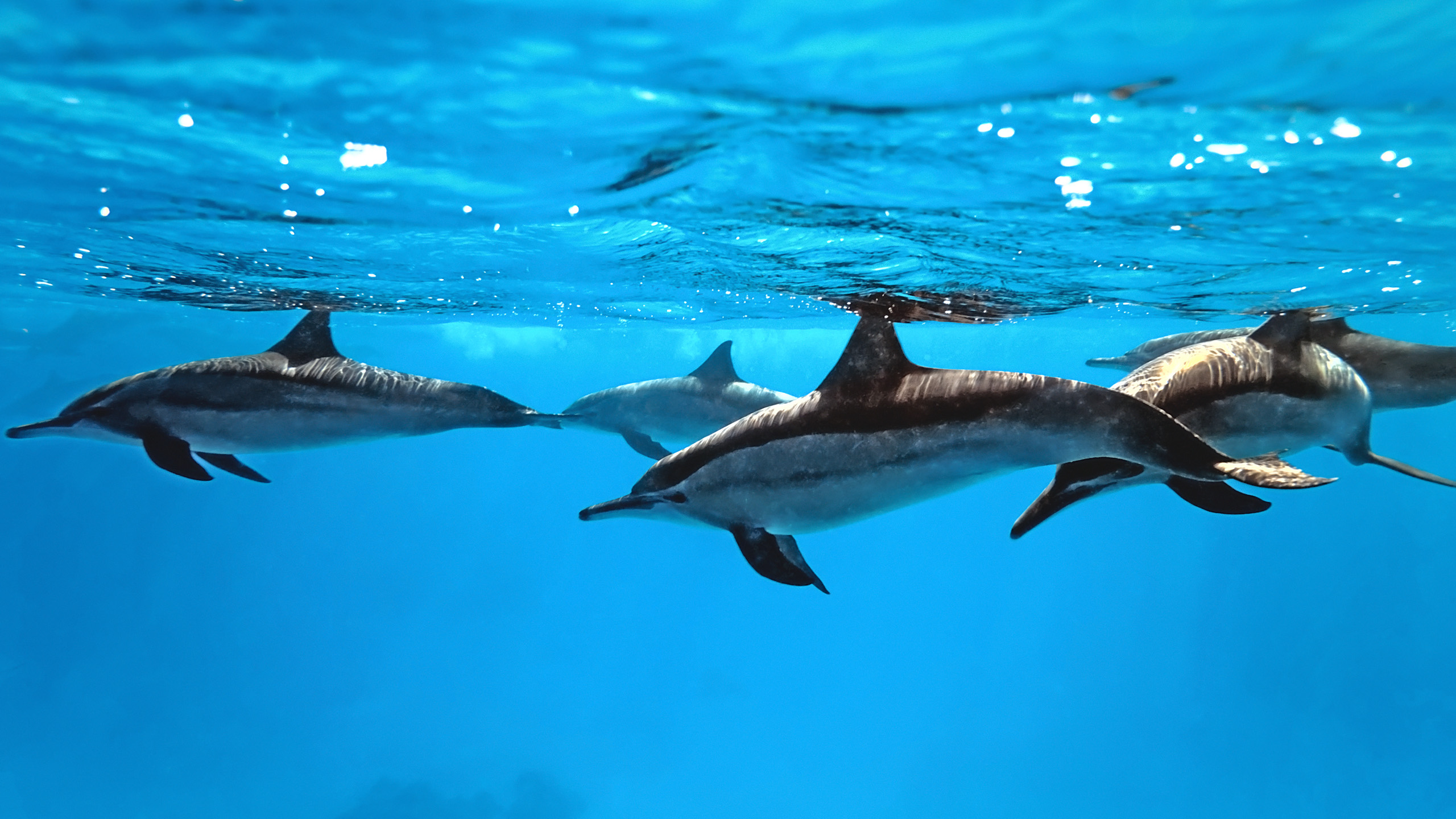
Dolphins
Costa Rica is a great place to go dolphin watching. Bottle nosed dolphins can be spotted all year round.
If you want to see spinner dolphins and common dolphins, head to the Pacific side of the country between November and May.
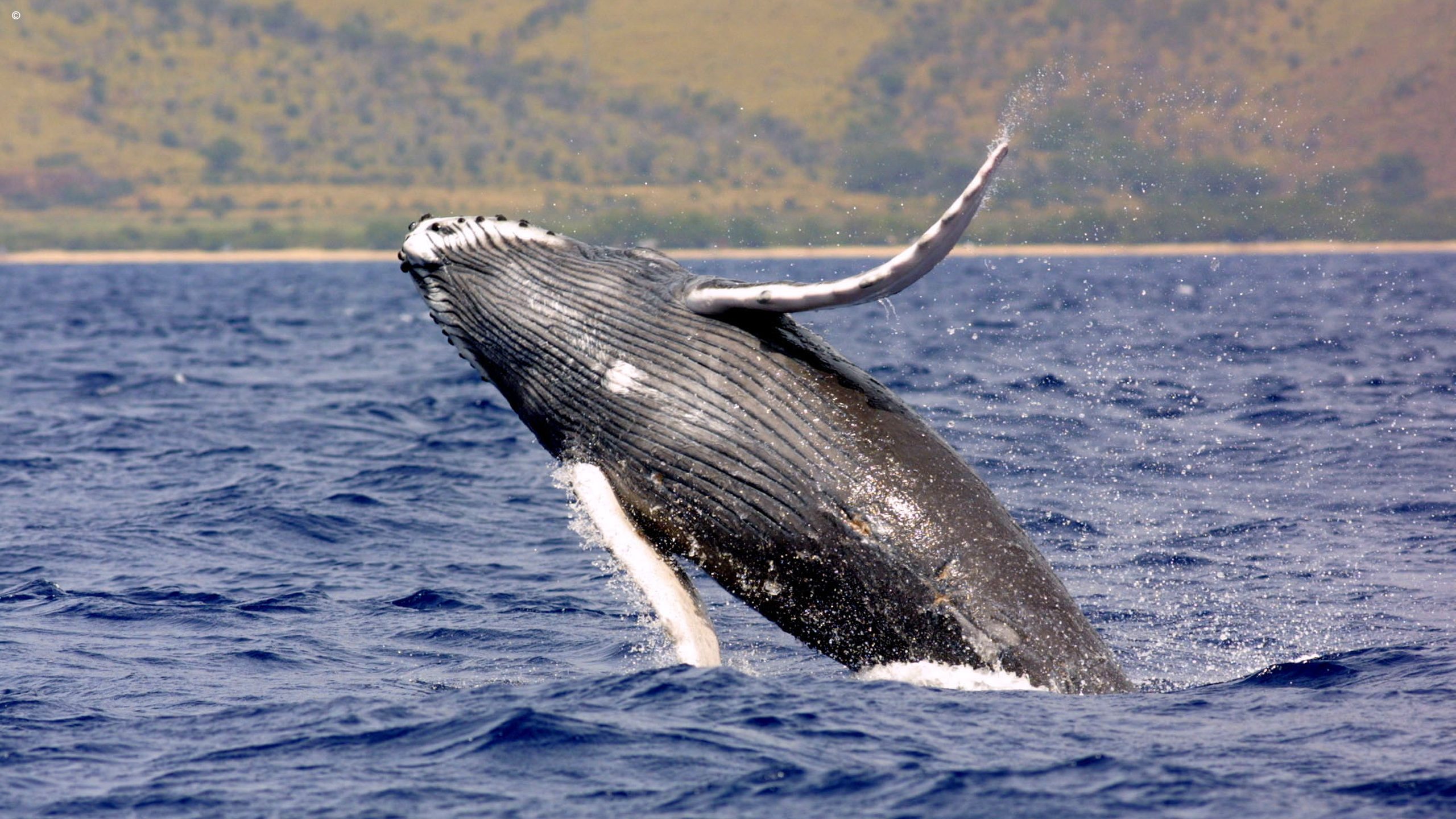
Whales
Humpback whales hang around the central Pacific and are most likely to be seen from Costa Rica from December to March or August to October.
Our top example trips
Whatever you want from your trip to Costa Rica, our team of expert travel designers are ready to help.



